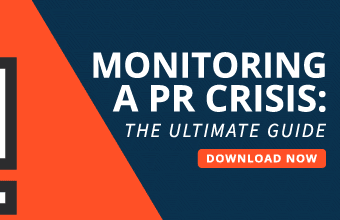- Have you had to lay off staff and reduce services to the public during the pandemic?
- Have you had to scale down your nonprofit’s mission or slash budgets?
- Has COVID-19 forced you to close your doors at a time your clients need you most?
If you lead a nonprofit, institution, business, or other organization—or speak for one—you’ve inevitably been faced with tough and critical questions from the public, the media, and other stakeholders about the equally tough choices you have had to make—or may still have to make—during this pandemic.
Of course, the challenge is to provide authentic answers when so much is still unknown about the virus or our “new normal.”
What can you say if you don’t have the answers people are looking for? How can you provide reassurance without overpromising? How can you instill confidence during a time filled with fear?
Focus on what you do know
There’s a simple framework through which to consider your responses to challenging questions, which contains three key parts:
- The purpose of your organization (why you do what you do)
- The process (how you approach decision making)
- The commitment (to your staff, your clients, the public)
During a recent interview with Mike Duerksen, who hosts The Build Good Podcast, Chief Executive Throughliner Brad Phillips broke down those three components and the importance of each one in building an authentic response with an effective message during this time of uncertainty.
Purpose
What is your organization’s purpose and why does it matter? Remind your audience why you do what you do – your purpose – and why it matters as much as ever, even during a time of great uncertainty.
Process
What is the process behind your decisions? You may not have all the answers, but you do know the questions you are going to ask to arrive at your decisions. For instance, you might share the priorities that you have identified that will help guide your plans for delivering vital services or performing your important work.
Commitment
What is your commitment? You might not be able to guarantee there won’t be layoffs or that services won’t be cut. But you can talk about efforts to prevent layoffs or further disruption for your clients. Perhaps the executive team has taken a pay cut or budgets have been slashed in areas that don’t affect staff or clients. A nonprofit could point out where they have reduced certain services to ensure they are providing the ones that best serve their clients. Most importantly, make sure it’s a commitment you can keep.
This framework provides flexibility and guidance for dealing with questions about COVID-19, but it really is a lens through which you can answer any tough question. In a crisis, clear, consistent, and compassionate messaging can help you to weather the proverbial storm, whether that happens to be a pandemic or a data breach.
This article originally appeared on the Throughline Group blog; reprinted with permission.








